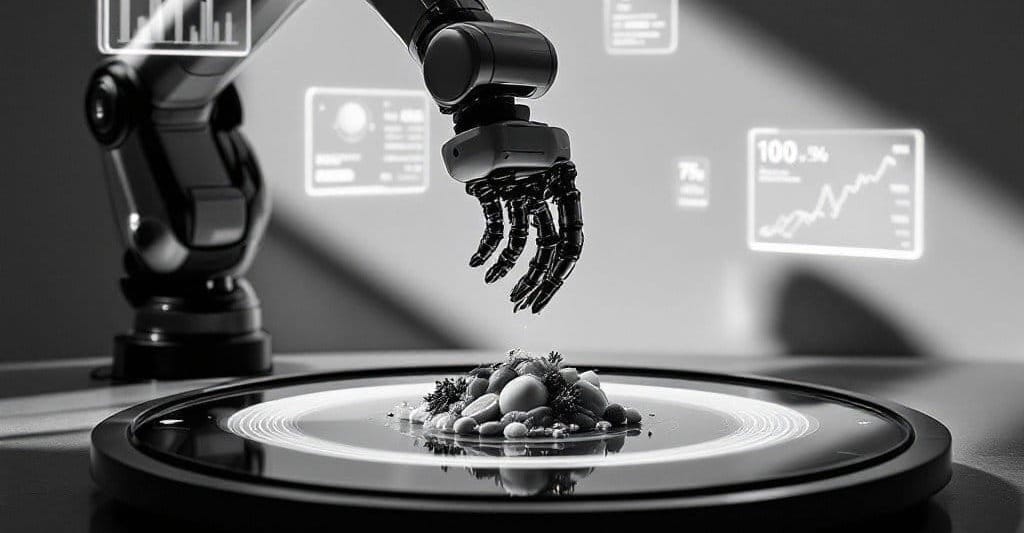Robots Are People, Too

I once had the opportunity to chat with science fact and fiction author Annalee Newitz at a Bay Area Bookstore and Chocolate Crawl shortly after they had published their first novel Autonomous, and I remember asking how they were able to imagine a future that wasn't a total dystopian hellscape. They answered that they imagined people in any future continuing to meet up with friends or hang out at bookstores. I was reminded of that conversation as I read Automatic Noodle, their latest book, a fun read and a delightful love letter to San Francisco.
Set in a near-future where California has recently won its war for independence from the United States, San Francisco, greatly depopulated and battered by climate change and Yankee Land bombs, is slowly coming back to life. It could be the setting for a grim tale, but Newitz instead fashions a story of resilience and community centered around four robot pals (HEEI, or human-equivalent embodied intelligences, in the parlance of the story) who want to earn a living making delicious hand-pulled Biang-Biang noodles. The noodles, by the way, are almost as much a character in the book as the robots.

The robot protagonists are fully realized characters, with aspirations, opinions, romantic attachments, and even trauma. The first one we meet, Staybehind, is a former military bot suffering from PTSD. They are also delightfully diverse in form, function, and personality. By contrast, the humans in this story are mostly in the background, some allies and others antagonists, but always an ever-present reality our heroes must live with in their quest for self-sufficiency.
Like most science fiction, the story depends on a level of technology bordering on the magical. This is not a criticism. It's fun to imagine being alive long enough to see such innovations as sentient robots, networks of self-repairing pneumatic tubes delivering goods, autonomous vehicles that don't kill people, etc. and the plot demands a societal infrastructure where the HEEI have a chance to succeed. But it's the levels of allegory that really make the story work for me.

On one level, the HEEI's situation mirrors those of enslaved, immigrant, or marginalized populations throughout our country's history. In the world of Automatic Noodle, sentient robots are enslaved in the United States but have limited civil rights in California. Those civil rights in California include being able to choose one's own work, but do not extend to having a bank account or owning a business or voting. Doing service-level jobs for humans is common, even though many humans resent the bots for "taking human jobs." Newitz talks about this in an interview on KQED's Forum radio program.
The immigration allegory intersects with one of the Queer community coming together to support one another and thrive in a world of cis-het normativity. To that end we have the characters of Sweetie, the former customer service bot who gets to exercise her bodily autonomy in a wonderful makeover chapter, and Cayenne and Hands, who are radically different physically but get to experience romantic love together. We get to see our characters deal with varying degrees of human robo-phobia, from awkward interactions to reflexive fear to outright bigotry and hostility. We also see examples of understanding and acceptance by humans who, as is often the case in real life, are younger or also living on the margins. We also see some of the divisions within HEEI society. One friend of Sweetie's questions why she would want to make a welcoming space for humans, such as a restaurant, when she could be creating spaces just for robots. The question of whether humans and robots can live together remains hanging.
I would love to see more stories set in the world of Automatic Noodle. In the meantime, I'm going to seek out the nearest noodle shop.

Automatic Noodle by Annalee Newitz, is available at bookshop.org or at your friendly local bookseller.
